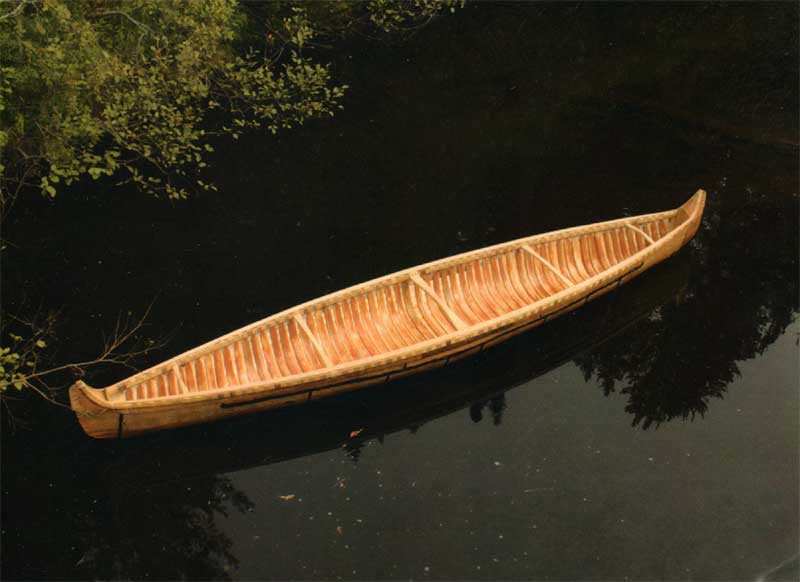
The Canoe: A Living Tradition (2002) is the essential companion book to the Canadian Canoe Museum. Oddly enough, the Canoe Museum itself does not seem to have copies available! Check out its book section here. 2017, there is now only one copy available and it is at the reference library for in-library use only. If you are a cardholder, see hereto reserve one of the two copies available. I found a copy of the book in the Toronto Library system. It details the growth of the collection of canoes and related watercraft and the increasingly urgent need for a home that could accommodate them all. especially chapters 4 and 5 which cover the period from his taking over Camp Kandalore in 1957 to the opening of the Canadian Canoe Museum in Peterborough in 1997. As for the building itself, here is an artist’s rendition of what it will look like on the side of the lift lock –īecoming Kirk Wipper: The Story Of The Museum’s Founder.īeverley Haun.

The new museum will allow many more of the 480+ canoes now sitting in the warehouse to be put on display. The Canadian Canoe Museum warehouse – just across the parking lot from the Display building His books would become go-to sources of instruction and advice – and his adoption of the Tilley hat just made it seem like the obvious head-gear for any real paddler! I have gone through more than a few in the past thirty years, thanks to the occasional capsize. Mason’s late 1970’s films – Path of the Paddle and Song of the Paddle – helped ignite my interest in wilderness paddling back then.

Bill Mason’s red cedar strip canoe was there, as was his cotton canvas campfire tent. The Museum visit ended with us checking the last two displays. Two Displays: Bill Mason and Pierre Trudeau From the stories told by the person from whom he received the canoe, he may have been the third or fourth owner. How did he know the vintage? An original owner had burned a date and name to the underside of the bow deck plate. Half-round brass was also used as a skid or guard both stern and bow and as with many canoes of this era had the bow plate hole to allow rigging of a sail. Brass ‘Lakefield’ oval badges (for lack of a better word) were located on the outside where the thwarts were fastened with brass screws. Like this one, once stripped of its outer canvas and gently sanded it too showed the copper nails used to secure the cedar strips to the half-round ribs. He recognized the workmanship and the technique used since he had once been given a 1922 – vintage Lakefield canoe that he worked on for a bit before deciding to pass it on to another owner. My brother Max spent extra time looking at the above canoe. (Pierre Trudeau)Ĭedar Strip Freight Canoe by Lakefield Co.

I know a man whose school could never teach him patriotism, but who acquired that virtue when he felt in his bones the vastness of his land, and the greatness of those who founded it. The Maliseet, the Algonquin, the Ojibwe, the Cree, the Dene, and the Nootka (to name just a few of the many indigenous peoples) developed watercraft that allowed them to move across the countless lakes and rivers of the Canadian Shield and tundra or along the ocean’s edge. This was the time before the Canadian Pacific Railway and the Trans-Canada Highway became the new rivers of a vast and growing country. The Canadian Canoe Museum provides a unique entry point to understanding the indigenous peoples who made what we know as Canada their “home and native land”. When the green dark forest was too silent to be real. Long before the white man and long before the wheel When the wild majestic mountains stood alone against the sun There was a time in this fair land when the railroad did not run Previous Post: The Pictographs of Mazinaw Rock: Listening For Algonquian Echoes


 0 kommentar(er)
0 kommentar(er)
